"If you want to write a classic pop song, use these chords: Ab, Bb, G minor 7th, C minor. You can’t go wrong with that": How to make a track that sounds like The Pet Shop Boys
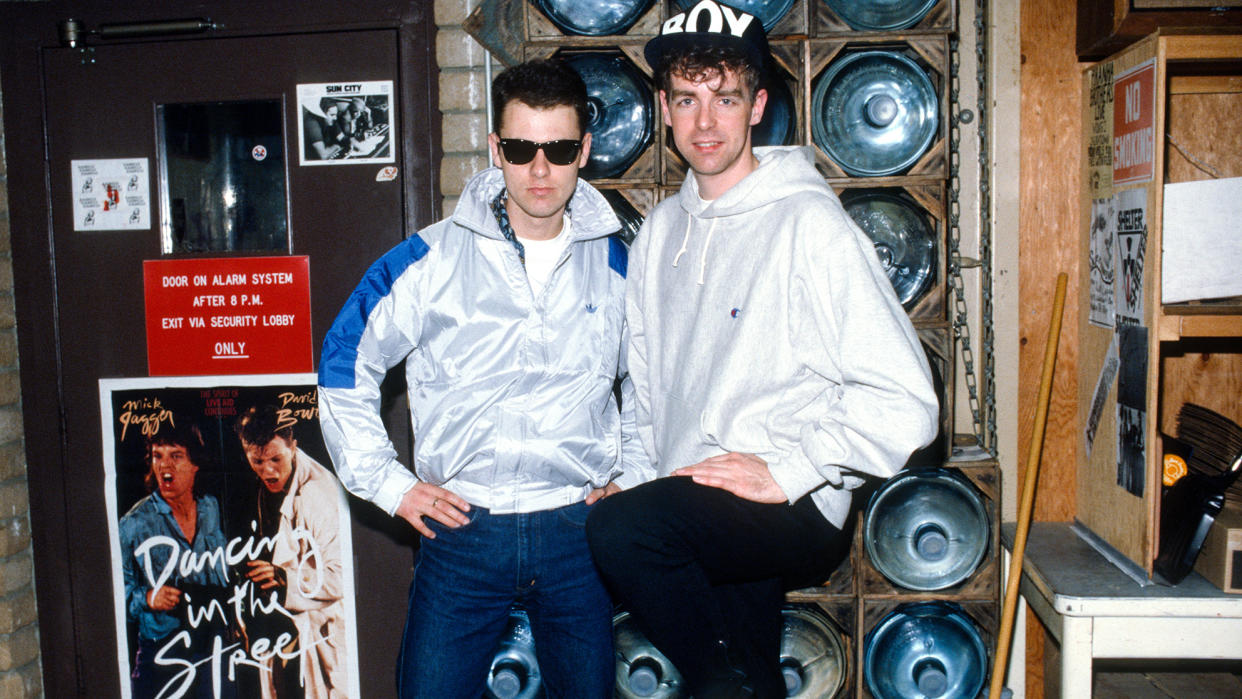
Neil Tennant and Chris Lowe from the Pet Shop Boys are currently celebrating four decades of having produced their unique brand of electronic pop. To mark the occasion, they’ve brought out a new album, Nonetheless, so it’s time to look at what makes their music tick.
The duo started writing music together in 1981, and began a long list of chart hits with their debut album, Please, in 1986 and the huge hit singles West End Girls, Suburbia and Love Comes Quickly. They then enjoyed number one after number one during their so-called ‘imperial phase’, with tracks including It’s a Sin and What Have I Done to Deserve This? featuring Dusty Springfield.
More ‘single word’ titled albums were released in the ’90s, ’00s and 2010s with hits like Being Boring – written about a friend of Tennant’s who died of AIDS – giving the duo a great rep for tackling heartfelt subjects with often uplifting melodies.
In this tutorial, we’re crossing PSB eras to create parts for a tune using just one synth, our go-to, ZebraCM. This synth is part of the Computer Music Plugin Suite, a bundle of free plugins that you can get free with every issue of Computer Music magazine.
We’ll first look at a Pet Shop Boys classic chord sequence that Neil once described as being a surefire formula for creating a hit, and then we’ll layer in some basslines in a style from more recent tracks like the recent single Loneliness.
So if you’ve asked ‘If, when, why, what?’ about PSB music, here are your answers!
Create a track in the style of Pet Shop Boys
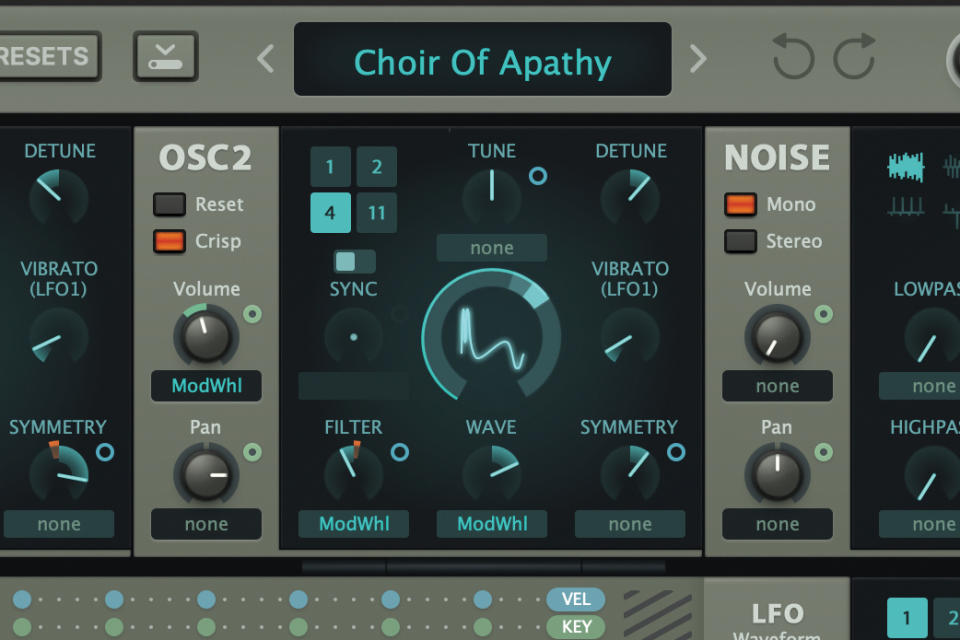
We’ll go for a chord progression with a pad sound. This tutorial is more about the notes and progressions than synth sounds, so we only need to approximate the sounds. ZebraCM has just the preset we need in the form of Choir of Apathy. Load it up!
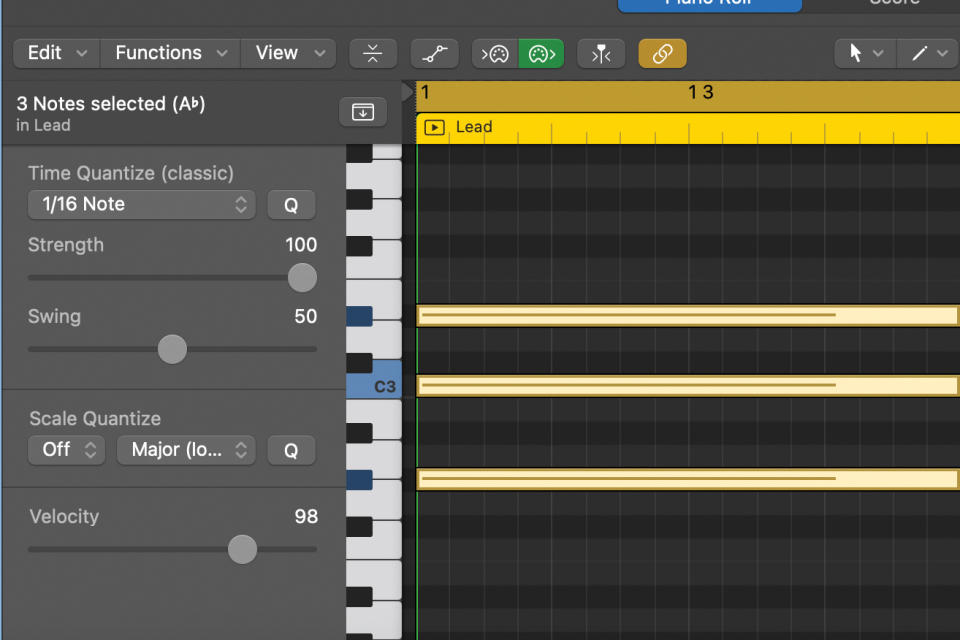
Neil once told Q Magazine: "if you want to write a classic pop song, use these chords: Ab, Bb, G minor 7th, C minor. That’s ‘The Chord Change’. You can’t go wrong with that. A guaranteed worldwide hit”. Let’s give it a go. The first is as shown above and achieved by playing the notes Ab, C and Eb.
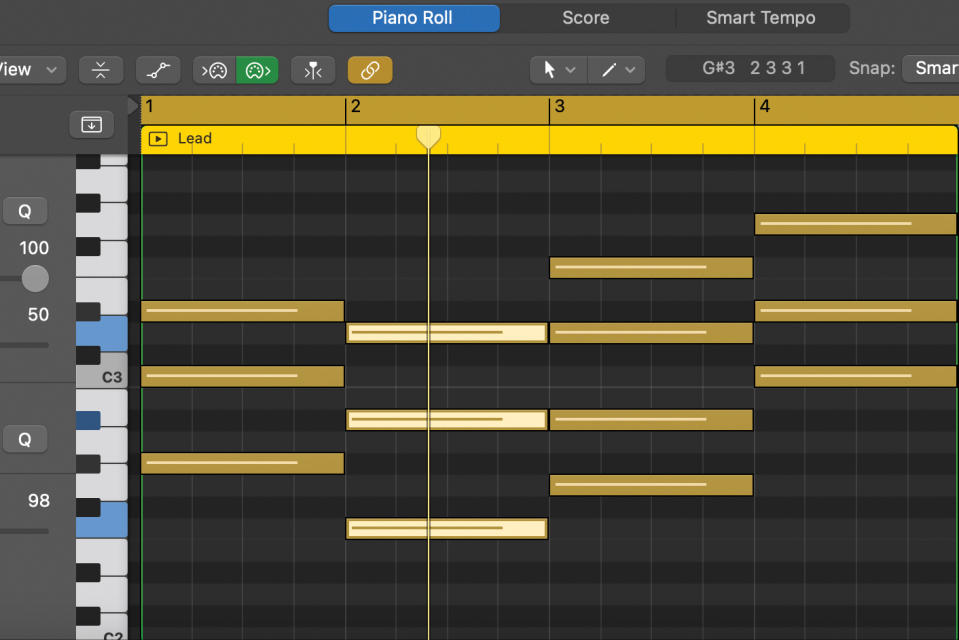
Play a Bb chord with the notes Bb, D and F; a G Minor 7th with G, Bb, D and F, and finally a C minor chord with C, Eb and G. You’ll notice this is similar to the progression used in Being Boring and many other pop hits. Never Gonna Give You Up by Rick Astley, for example, might use a slight variation.

Now we’re going to add at least one bass part. PSB basslines can be very simple, usually following an eight-note division per bar that can be created with an arpeggio or drawn in. We’ve chosen ZebraCM’s Nice But Simple bass for our bass sound.
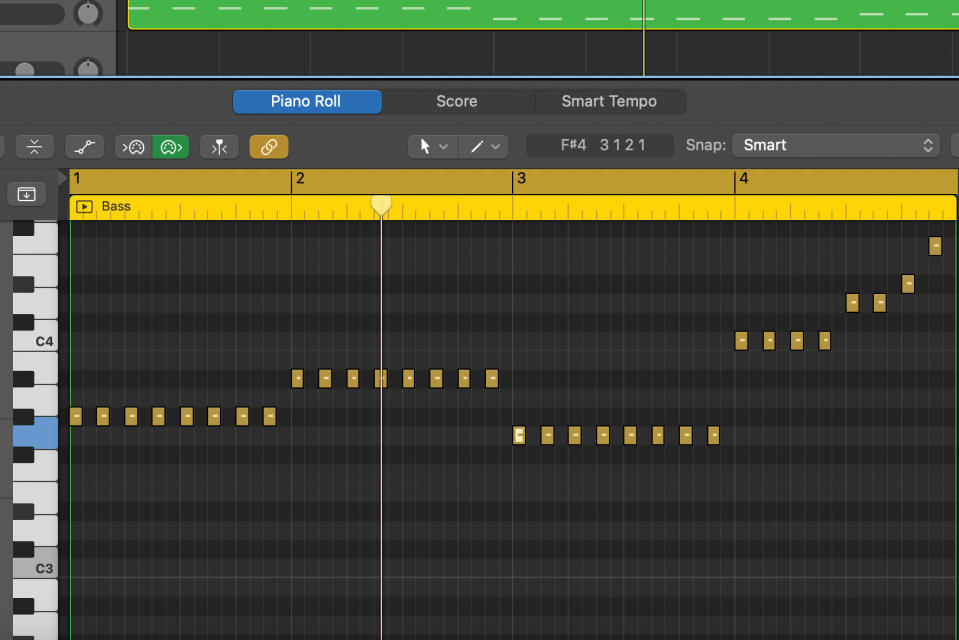
Ours is a simple bassline that follows notes in the chord progression, but nicks a similar rise at the end as used in the track Loneliness from the Boys’ latest album.
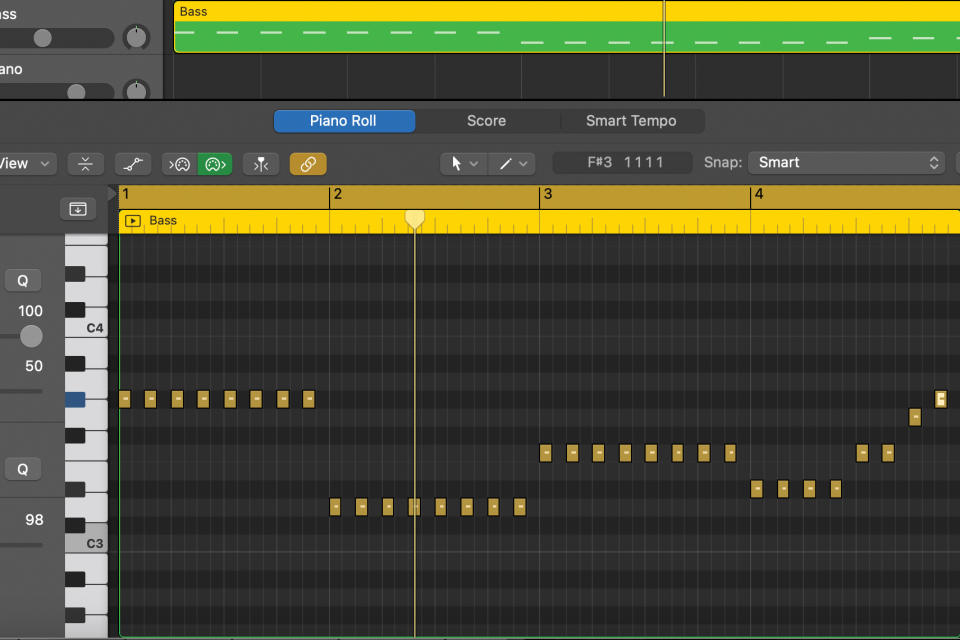
We’ve also added a second bassline – not always necessary but good for variation. It has notes that often counter the first one’s (so move down where it goes up and so on) and can play at the same time as the first or independently. This uses the Standard Short Bass preset.
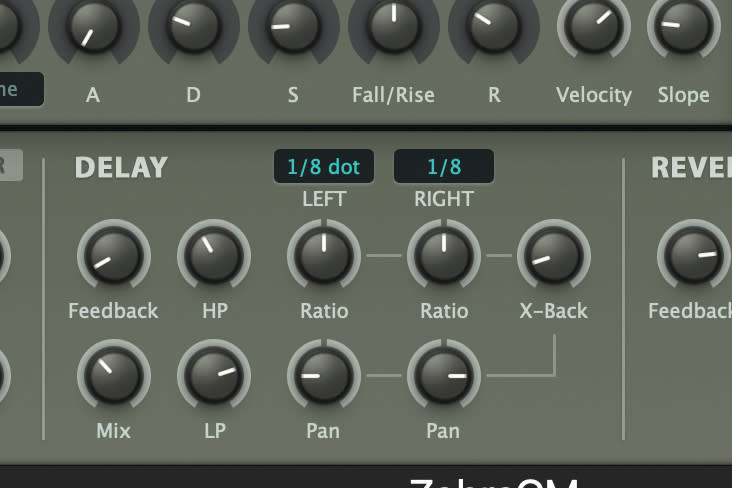
You can use delays with the bassline – in fact the first is already set up with one that works well, as shown above – but if you use more than one bassline, make sure they don’t start clashing.
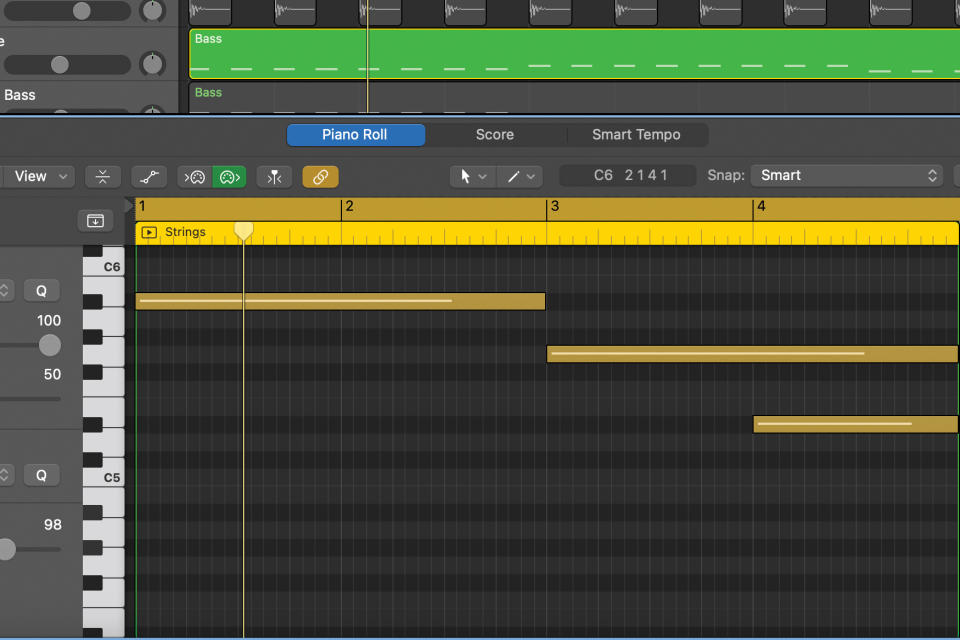
The main chord sequence is a little mid-range for our liking so you might like to adjust the preset’s filter or add some high strings, something PSB do a lot in their mixes. We’ve kept it really simple and subtle with ours, though. We’ve used the Stringer Zebra CM preset.
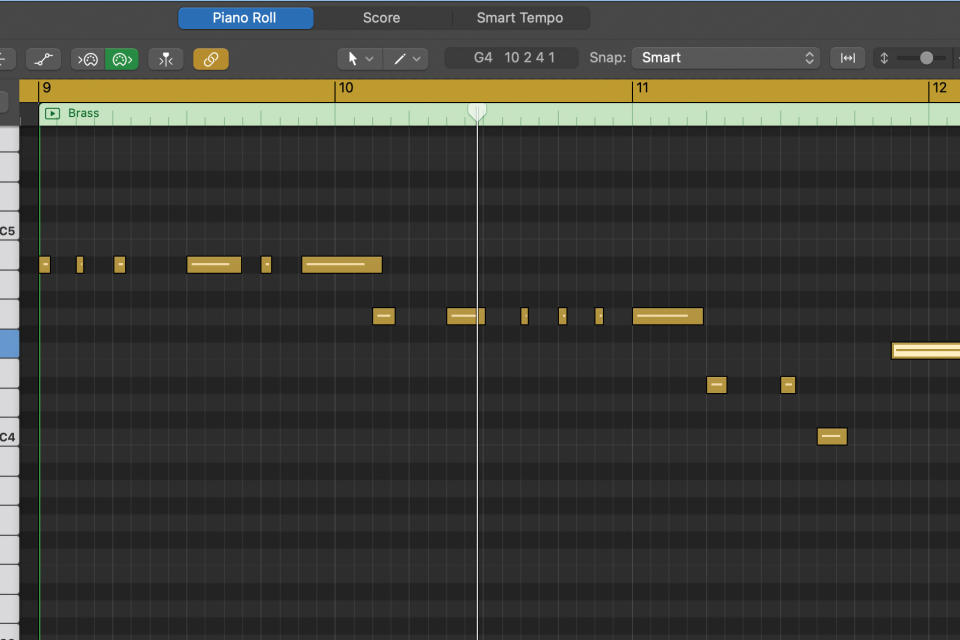
PSB also like a few brass stabs, probably with real brass players rather than the often pale imitations you get on synths. Mind you, ZebraCM makes a pretty good stab at it (see what we did there) with the Hornographic preset with which we recorded a melody over the top of the track. It can be overpowering, so use it sparingly.
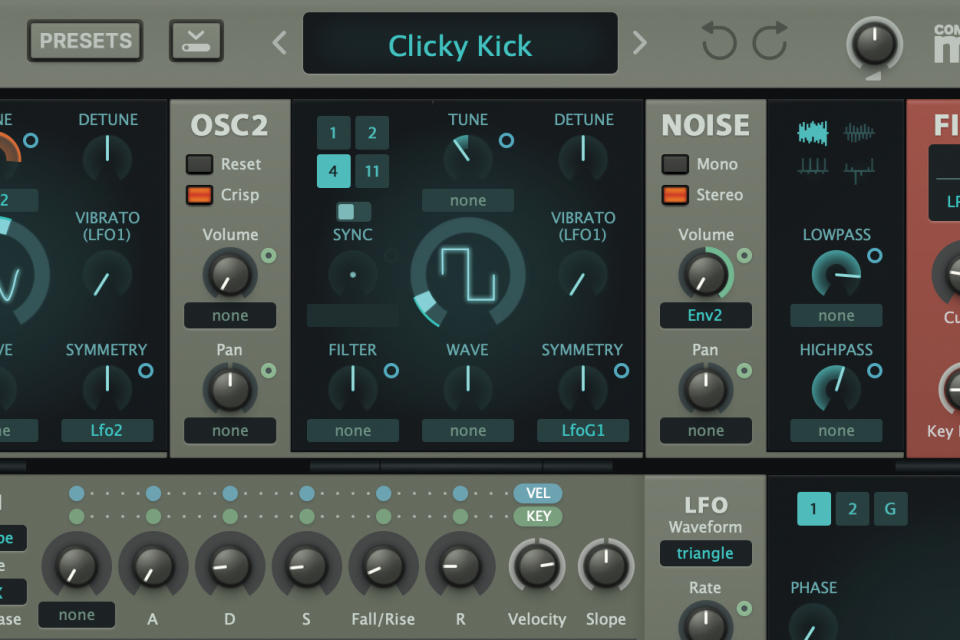
You can use ZebraCM’s presets for your kick and snare too. PSB like to use the good old four-four kick so load up a preset like Clicky Click and process it to give it some welly, or…
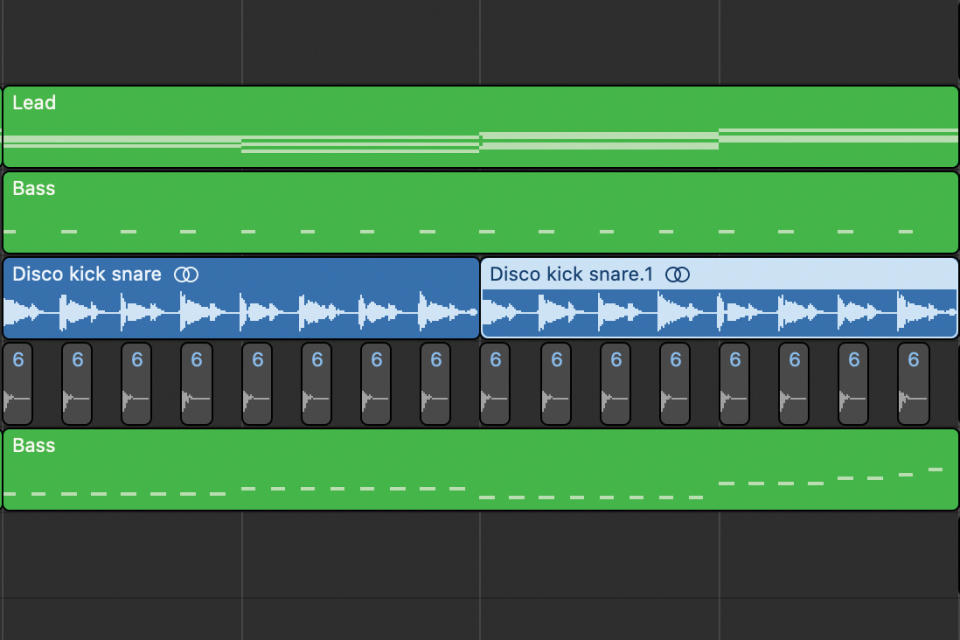
… decide for yourself that life is too short, and load in a disco beat or kick snare loop as we have. Any good thumping loop will do. Add some percussion top-end variation, if you wish.
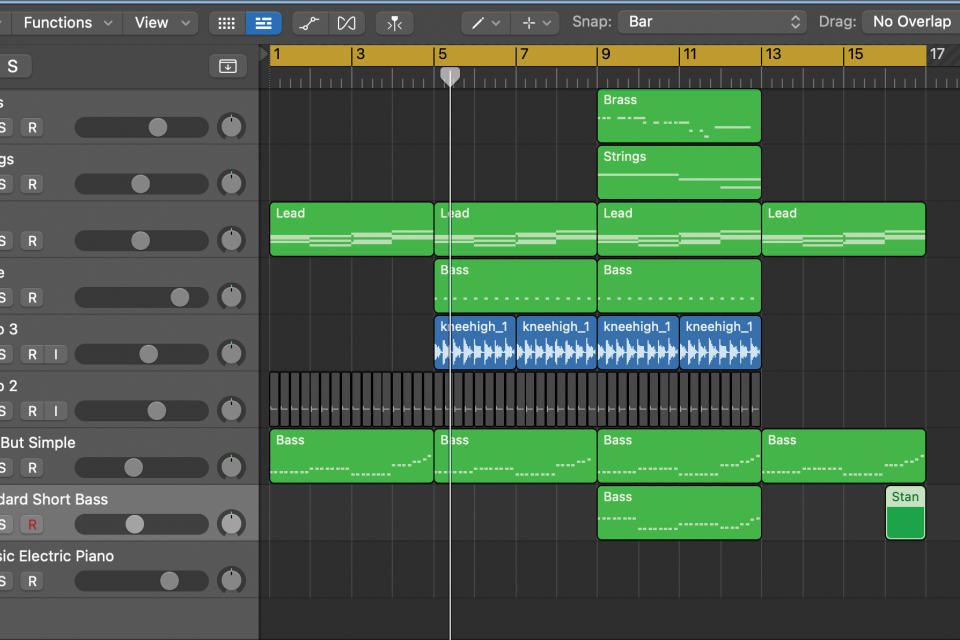
Then arrange to taste. We’ve only looped it a few times to show off various combinations of tracks over 30 seconds but you can go as far as you like. If you take nothing else away from this, just remember that chord progression, or variations of it. Hit records here we come!
Use what you can
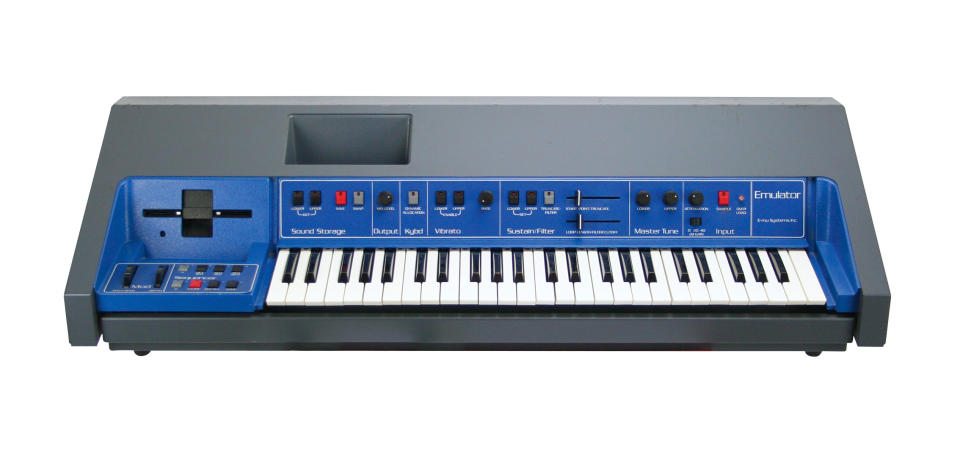
For our brass stabs we used a synth, stating that Pet Shop Boys would probably use the real thing for their tracks. But while they might well have the cash to pay ‘real’ musicians, they haven’t always made use of them.
For A Red Letter Day, from sixth studio album Bilingual, they went all the way to Russia to record a choir to give it a more authentic feel… only to apparently end up predominantly using a choir sample CD. Another track from the same album had some even more surprising ingredients: random notes.
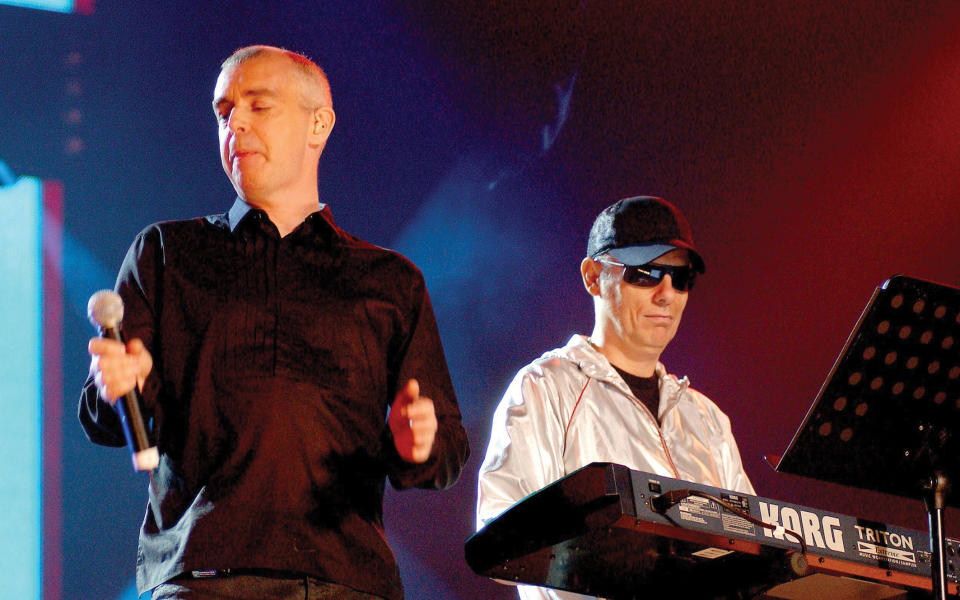
While we used a very specific chord set in our track, for It Always Comes as a Surprise, Chris Lowe just tried to play as many random notes as he could for one chord. Loving the idea, Neil then rewrote the song chords so they fitted with this chord. Two final unexpected PSB sources came by way of their breakthrough hit West End Girls.
The fantastic trumpet solo at the end is actually a sample, played meticulously on a very early Emulator sampler. And the traffic noise at the start? That includes a bunch of Wham! fans who were waiting for the band to turn up outside the PSB studio. So our last tip to help recreate a PSB track? Use whatever the hell you can find!

 Yahoo News
Yahoo News 
